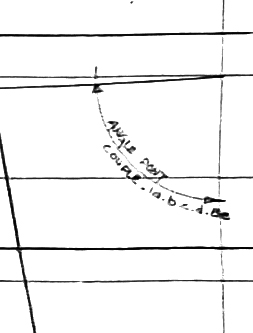Plans de dériveur classique Moth
I've run Benoit Duflos Moth-Pop design thru my hull software. The result is close but not exactly to Duflos' original plans. I've changed the original stations somewhat. Stations 1a, b, c, d, and 8e from Duflos' plans remain mostly the same but I've put other stations in new positions.
Frames are placed at (dim in mm from bow):
30(1a), 375, 750(b), 1250, 1750(c), 2300, 2850(d), 3335
You could use all these frames in a build if you wanted a stiffer but heavier hull.
For reference, in the section drawing below, waterlines are spaced at 60 mm (except for the first one above baseline, which is 30mm), and the buttocks are spaced at 150 mm.
Below is the .DXF file. Use the pop-out icon to open the file in another browser tab to download for use in a CAD program. Dimensions in the .DXF file are in meters.
Here are the offsets in mm. In the Moth-Pop Duflos designed a positive curve in the topside panel to improve stiffness. I've designated that point as the Top Side Bump-Out. There are also some points in the aft stations to mark out the bottom panel curvature.
Is the Computer a "Bicycle for the Mind?"
15 hours ago










